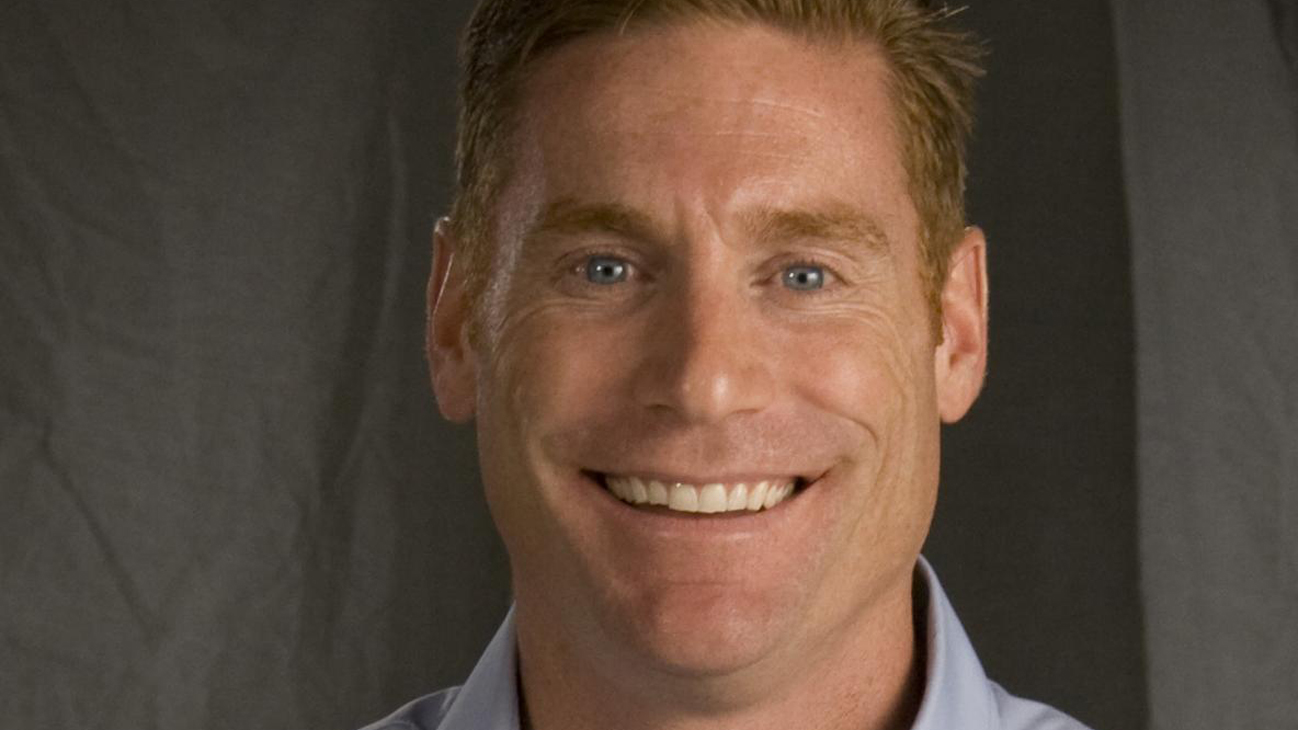While serving as the Director of Mental Training for the St. Louis Cardinals,Dr. Jason Selk helped the team win their first World Series in over 20 years, and in 2011 he assisted the Cardinals in the historic feat of winning their second World Championship in a six year period. Considered to be one of the nation’s premier performance coaches, Dr. Selk helps numerous well-known professional and Olympic athletes as well as Fortune 500 and Fortune 100 executives and organizations develop the mental toughness necessary for high-level success. In this article for Forbes.com, Dr. Selk challenges what he calls “The 21-Day Myth” of habit formation:
The habits of highly successful people allow them to consistently perform behaviors that breed success. Everything from eating well to responsible spending to task completion and beyond requires habits that make such behaviors part of our daily life. Michael Jordan spent his off seasons taking hundreds of jump shots a day. Cy Young award-winning Phillies pitcher Roy Halladay routinely does a 90-minute workout before practices. The young Venus andSerena Williams would wake up at 6:00 am to hit tennis balls before school. Highly successful people have learned to develop good habits, and it takes discipline, courage and hard work on a daily basis to keep those habits in place. It makes perfect sense to adopt habits that will facilitate success, yet, why are some so difficult to adopt?
Most people believe that habits are formed by completing a task for 21 days in a row. Twenty-one days of task completion, then voila, a habit is formed. Unfortunately, this could not be further from the truth. The 21-day myth began as a misinterpretation of Dr. Maxwell Maltz’s work on self-image. Maltz did notfind that 21 days of task completion forms a habit. People wanted it to be true so much so, however, that the idea began to grow in popularity.
Tom Bartow, who successfully started advanced training for Edward Jones and has since become a highly sought after business coach, developed the following model of what habit formation really looks like:
Phase 1: THE HONEYMOON
This phase of habit formation is characterized by the feeling of “this is easy.” As all married people will tell you, at some point even the greatest honeymoon must end. The honeymoon phase is usually the result of something inspiring. For example, a person attends a highly motivational conference, and for the first few days after the conference the individual is making positive changes in his or her life.
Phase 2: THE FIGHT THRU
Inspiration fades and reality sets in. A person finds himself struggling with the positive habit completion and old habits seem to be right around the corner. The key to moving to the third phase of habit formation is to win 2 or 3 “fight thru’s.” This is critical. To win the fight thru, use the following techniques:
- RECOGNIZE: Recognition is essential for winning the fight thru. When you have entered the fight through, simply say to yourself, “I have entered the fight thru, and I need to win a few to move past this.” Winning each fight thru will make it easier to win the next. Conversely, when you choose to lose a fight thru, you make it easier to lose the next one.
- ASK 2 QUESTIONS: “How will I feel if I do this?” and “How will I feel if I don’t do this?”Bring EMOTION into the equation. Let yourself feel the positive in winning the fight thru and the negative in losing.
- LIFE PROJECTION: If the above 2 techniques haven’t moved you to action, then imagine in great detail how your life will be in 5 years if you do not begin making changes. Be totally honest with yourself, and allow yourself to feel what life will be like if the changes are not made.
Phase 3: SECOND NATURE
Entering second nature is often described by feelings of “getting in the groove.” Once in second nature, the following are 3 common interruptions that will send a person back to the fight thru:
- THE DISCOURAGEMENT MONSTER: An individual allows negative results discourage him or her into thinking, “This isn’t working, and there is nothing I can do.”
- DISRUPTIONS: An individual experiences significant change to his or her current pattern (e.g., vacations, holidays, illness, weekends).
- SEDUCTION OF SUCCESS: An individual begins to focus on positive results and begins to think, “I’m the special one. I have finally figured out how to have great results with not so great process.”
If a person experiences an interruption that sends him or her back to the fight thru, winning 2 or 3 fight thru’s will bring him or her back to second nature.
Most people want positive habits to be as easy as brushing their teeth. HELLO…LET’S BE ADULTS HERE…being great isn’t easy. In fact greatness requires sacrifice. It requires doing things that others won’t or can’t do. GREAT HABITS ARE FORMED DAILY. Truth be told, good habits require consistent commitment. Highly successful people have learned to develop good habits. Make the commitment to make it past the fight thru, no matter how many times you go back to it, to reach new levels of success.

